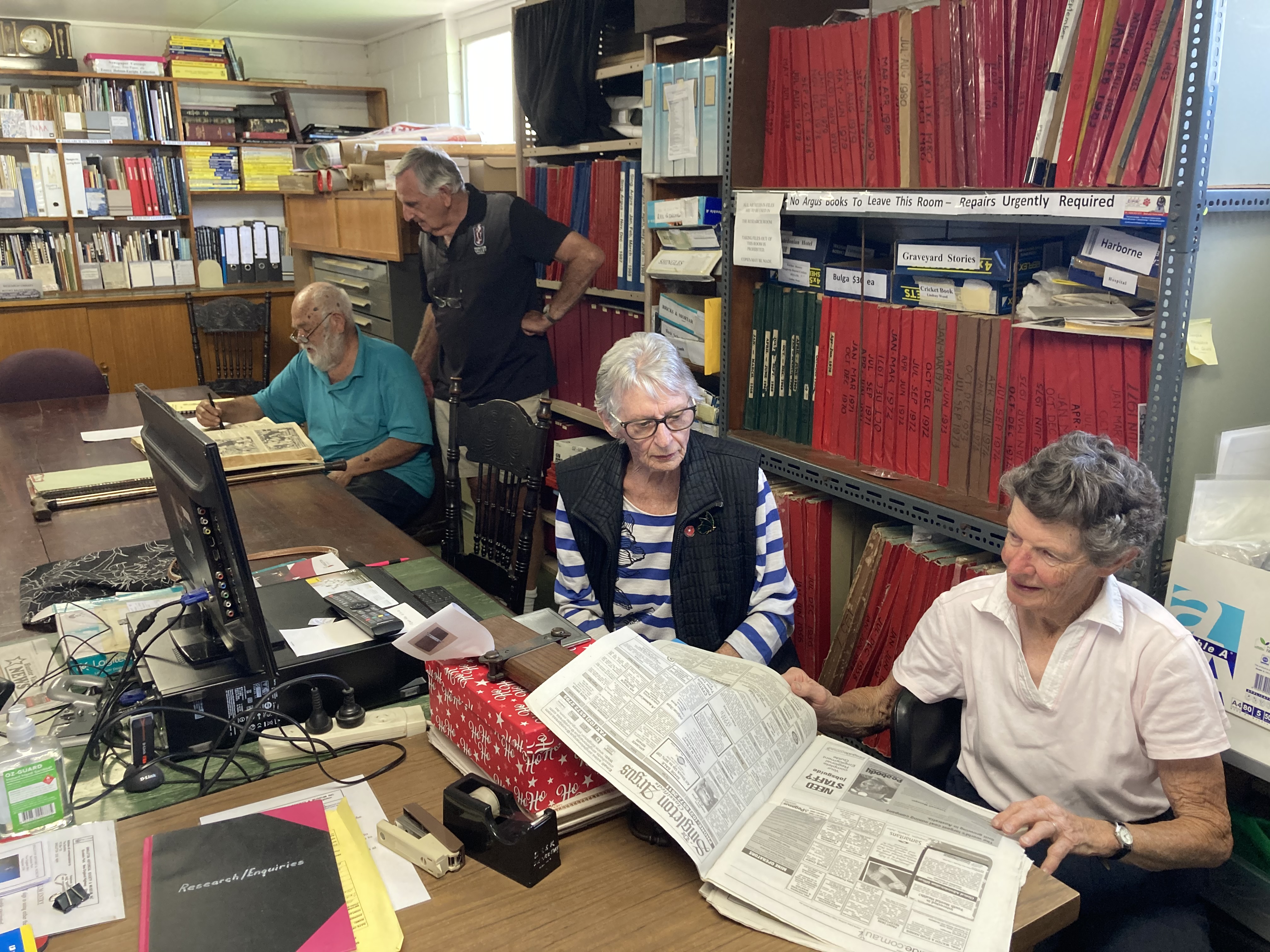
Singleton Museum Has Enjoyed Its Home for 60 Years
BY DI SNEDDON
Step in Singleton Historical Museum and you immediately step back into the past.
The museum, located centrally in Singleton in Burdekin Park is home to a collection of more than 2000 items capturing Singleton’s history. In addition, there is a massive collection of research materials with comprehensive history on churches, schools, villages, buildings and personalities.
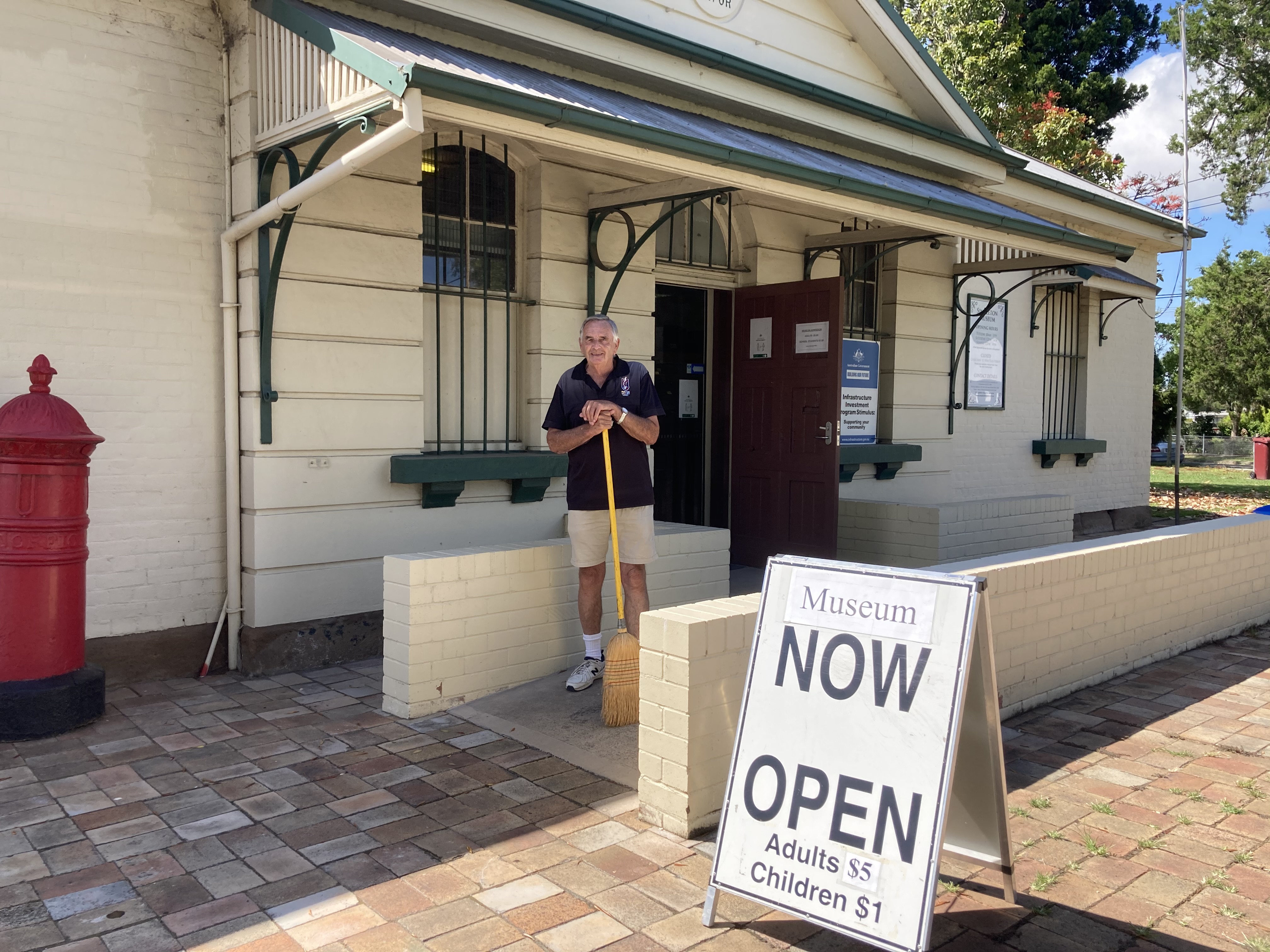
Singleton Historical Society and Museum Inc. was founded on November 15, 1960 on the initiative of the local Singleton Argus editor, Mr E. W. Robinson. He and another avid historian and Patrick Plains Shire Council president at the time, Mr A. C. Marshall decided to form a branch of the Historical Society be formed in Singleton. Singleton Municipal Mayor, Mr A. J. Dorsman, was another pushing for the move and he accepted the position of society president.
In 1963 the Society was given use of a building that dated back to 1840.
So appropriate given its intended use.

The building was once the town’s lock-up. In 1841 a detached, one-room Court House was built on the land that was donated by Singleton’s name sake, Benjamin Singleton.
Two stone cells were built in 1861 and had capacity to hold five prisoners despite its 2.4m by 3.35m size.
Thirteen years later these cells were demolished, and two more stone cells of similar size were built to replace the original with the addition of a gaoler’s residence and guard room.
In 1899 the Municipal Council was given the buildings by the State after a new town lockup and residence had been built. Before long the Council moved but continued to use part of the museum for council storage up until the 1970s.
There was a time when other groups, such as Singleton Girl Guides, also used the building but now it is solely occupied by the Society.
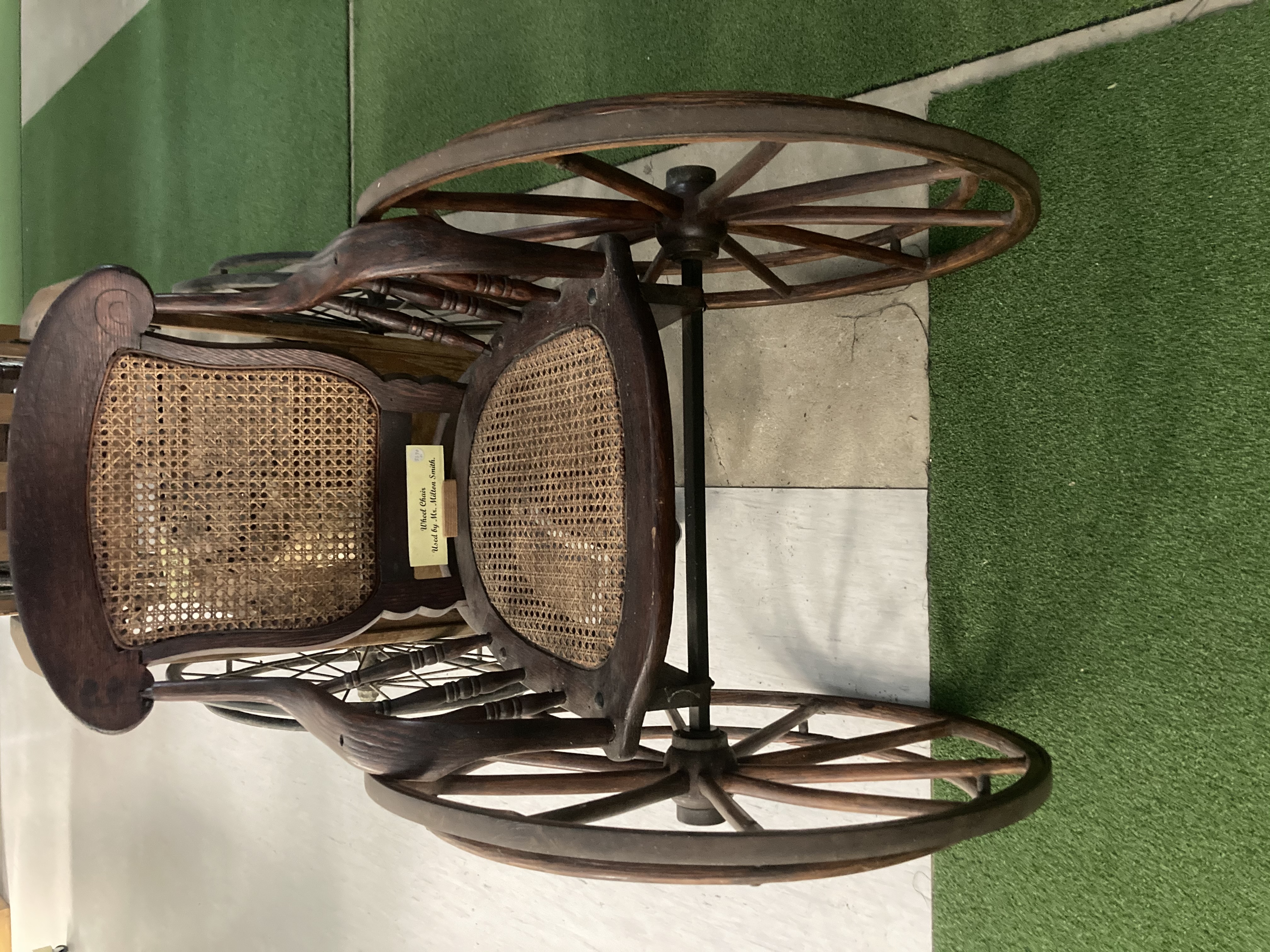
More and more people are stepping through the doors to find out more about the town’s past and their own.
Society president Michael Akrill said one of his favourite sayings is: You don’t know who you are unless you know where you have come from.
Peg Moore, who has been a former president and long-term member of Singleton Historical Society and Museum, is often at the museum even when it isn’t open to the public to do research and there are plenty of enquiries.

If enquiries relate to buildings or particular people and the research is relatively easily the members do the work but when it relates to family history, the person making the enquiry is often directed over the road to Singleton Family History Society.
The documents and research contained in the museum captures so many moments of history but given the museum is run by volunteers, the filing system often causes some confusion.
“People file things how they think they should file so sometimes we have a bit of difficulty finding items,” Peg said.
In 1975 an addition was made to the museum to house a rural section and about the same time the Robinson Records Room was added.
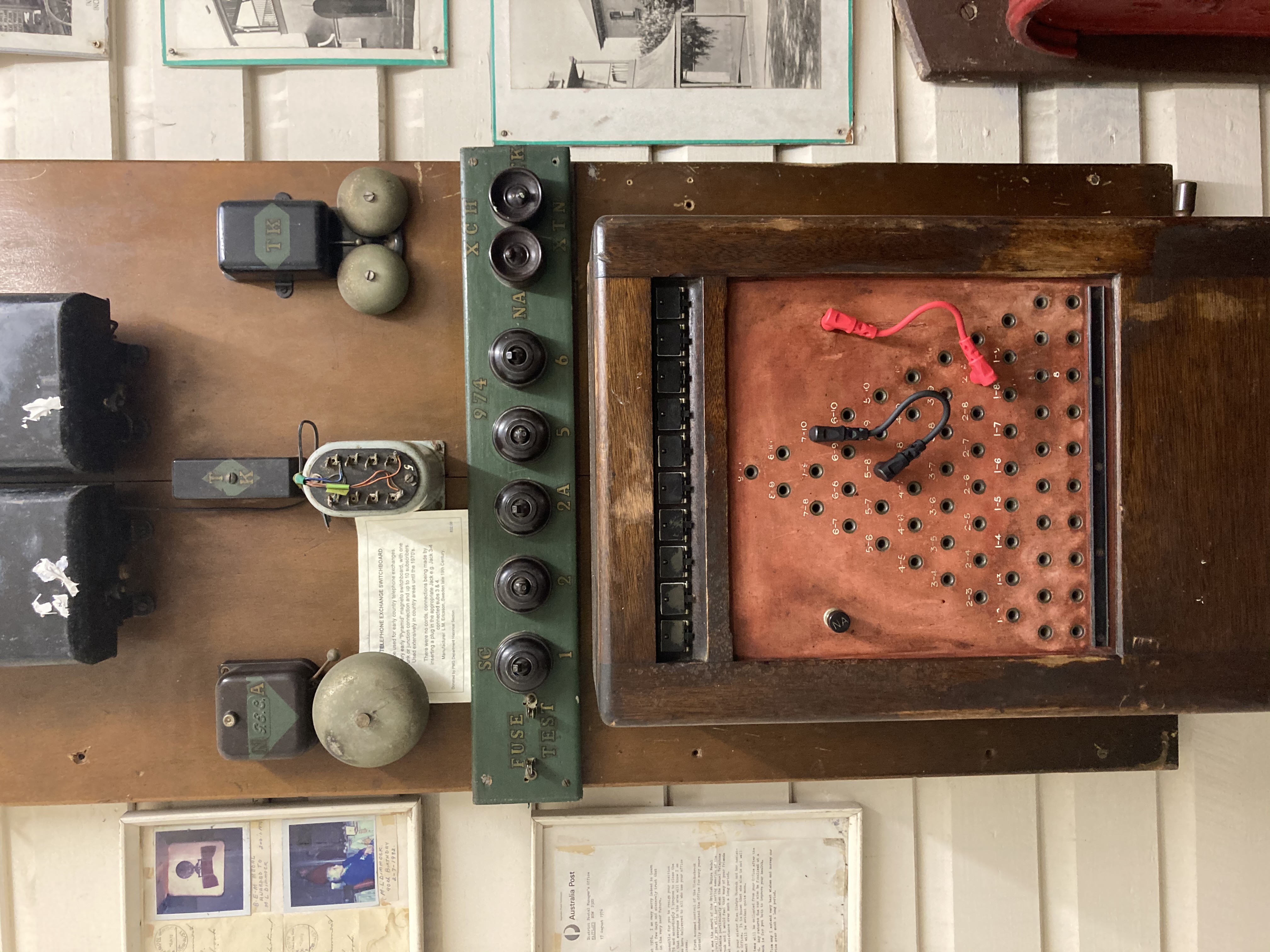
The archive room was added in the 2000s and the much needed roof replacement was done in 2018.
The park plans don’t permit the museum to extend its footprint so volunteers are making the most of the space they have.
The collection itself consists of many years of donations from the community and labels tell the story behind the donation: who it belonged to, where it came from and for younger people, what it actually is.
Some of that labelling needs updating and replacing after water damage and the Society is always after more hands on deck.

The committee needs a treasurer as well and could do with a few more people who are computer literate.
There are always plenty of research projects underway and the latest publication to be released soon is book four in the series ‘Personalities of Singleton’s Past’.
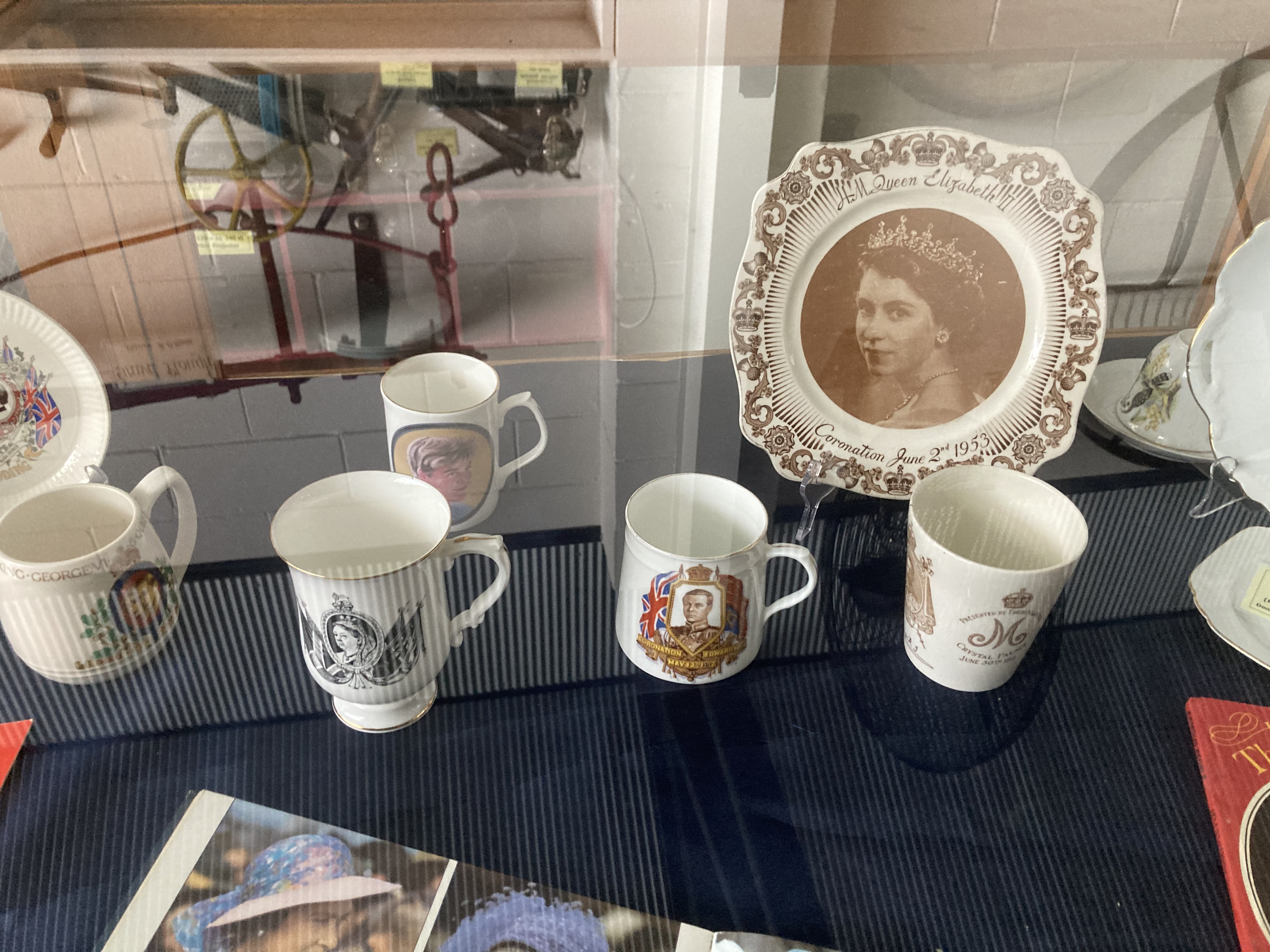
Peg is also working in a revamp of a publication on Gould Bros. Mill that was first produced by Kit Foggo in 1988 but has new inclusions almost ready for print.
The museum is open on Saturdays and Sundays from 12noon to 4pm and on Tuesdays from 10am to 1pm with school groups and tours by appointment.
Admission is $5 an adult and $1 children and eftpos is available.
